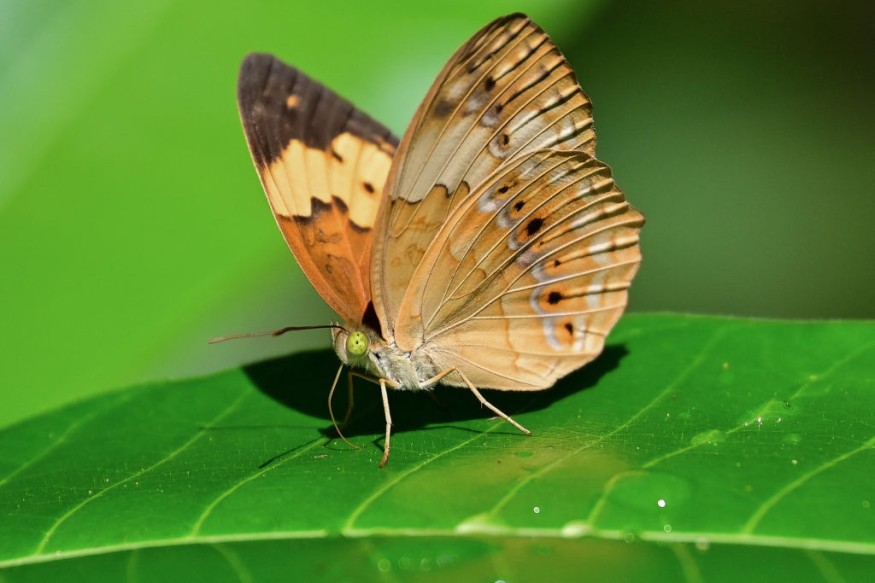
Planting of marsh violets is planned throughout the Shropshire Hills of England in an attempt to save the small pearl-bordered fritillary, or Boloria selene, a rare UK butterfly, from declining populations.
Violet Lover
The small pearl-bordered fritillary butterfly is one of four species the National Trust is particularly seeking to conserve.
The 2022 state of UK butterflies report states that the distribution of the little pearl-bordered fritillary has decreased by 71% in the UK since the mid-1970s, and the species is currently classified as vulnerable.
Scientists claim that changes in butterfly populations are caused by human activities, as well as global warming, which drove colonies north and west in search of cooler climes, wetland drainage, which reduced habitats, and changing management practices that allowed rushes to push out marsh violets.
The goal of this planting effort is to help endangered species such as otters, hazel dormice, and willow tits.
Marsh violet leaves are a favorite food of small pearl-bordered fritillary caterpillars, according to Charlie Bell, a project manager at the National Trust.
Eggs are laid on the plant's leaves by the adult butterflies. The species disregards the flowers as well, consuming instead the nectar from other plants, including brambles, marsh thistles, and ragged robin flowers.
"The caterpillars hatch out into a ready-made buffet, they don't really need the flowers," she added.
20,000 Marsh Violets
This year, the National Trust-led project plans to plant 20,000 marsh violets; roughly 3,000 will be planted in a few days, and additional plants will be added later in the summer.
The effort was trying to improve the caterpillars' food supply and reunite isolated groups by planting the violets adjacent to small pearl-bordered fritillary colonies that already existed.
A few populations might exist, but if one becomes extinct, the distance between the surviving populations becomes too vast to allow them to mix, which leaves isolated colonies at risk of going extinct.
To maintain their health, there should ideally be a lot of small populations and migration between them.
According to Bell, there was a chance that the butterflies would begin to lay in June or July, but in all likelihood, it would take until next summer for the insects to be observed making use of the newly planted marsh violets.
Through this spring planting, experts hope to discover what works and gain some valuable insights. In order to adjust the method for the autumn planting, they will be keeping an eye on the plants.
Along with landowners and volunteer planters, other parties collaborating in the project include Natural England, the Shropshire Hills National Landscape Partnership, and the Shropshire Wildlife Trust.
The project has been greeted with enthusiasm by Dave Wainwright, head of conservation for Butterfly Conservation in England. He stated that the project is "on a scale that it needs to be, to really make a difference for the small pearl-bordered fritillary." He claimed that the trick, however, was to identify the ideal circumstances for marsh violet survival.
"This idea of connecting patches in the landscape is really crucial, so if one patch becomes unsuitable, then the butterflies have an alternative habitat," he added.
Related Article : Scientists Trace Butterfly Evolutionary History Using DNA Advances
© 2025 NatureWorldNews.com All rights reserved. Do not reproduce without permission.





